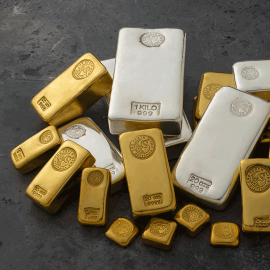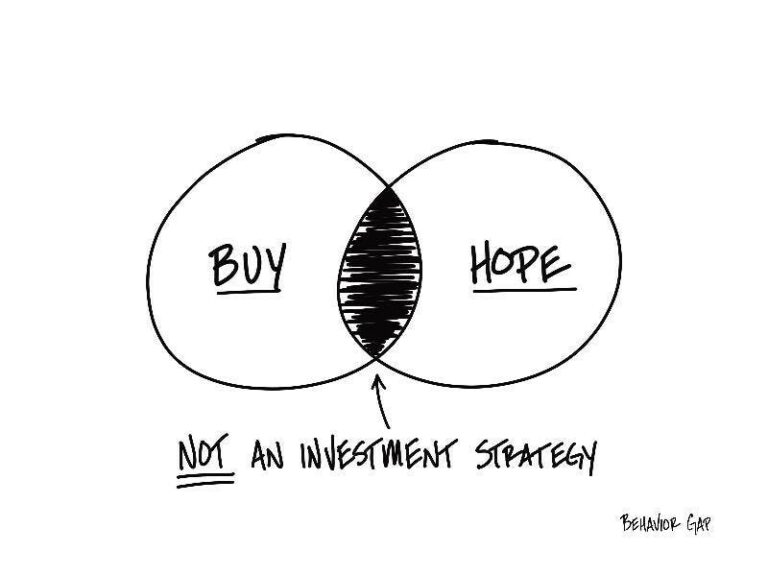
The following article was originally published by The Perth Mint and is reproduced with permission. The original can be found here.
You’ve read investment books, listened to expert podcasts, you know you need to diversify your portfolio and have decided on precious metals, but which one?
Gold and silver are probably the two that come to mind, but which one is the better option when it comes to:
- a return on investment?
- offering the most security to your portfolio when the stock market crashes?
In gold vs. silver, we outline the five significant factors to keep in mind:
Cost
The main reason gold is more expensive than silver is because of its rarity, and it is especially regarded as a ‘safe haven’ by investors because it holds its value when other assets fluctuate. However, it is estimated that around eight times more silver is mined than gold. If it is declared that no more silver could be found or mined, it would likely push the price of silver higher than gold. Simply put, supply and demand affects the price of these two precious metals.
Volatility
As a new investor looking to dip your toe in investment waters, silver can be a good option as it’s cheaper to purchase and can often be more attractive if you are looking to speculate on short-term instabilities in the market. Understanding the gold to silver ratio can build up an investor’s portfolio of both gold and silver by switching from one to the other, and long-term can increase the original investment.
The gold to silver ratio is calculated by the gold price divided by the silver price. This indicates how many silver ounces you would need to sell to buy one gold ounce, or alternatively how many ounces of silver you could purchase from the sale of one gold ounce.
Liquidity
In terms of liquidity, gold and silver are classed as highly liquid assets. This means there are plenty of consistent sellers and buyers of precious metal; a key benefit, especially when it comes to diversifying an investment portfolio.
Industrial use
As the most versatile precious metal, the increased demand for silver is largely driven by end uses, ranging from kitchenware, electronics, medicine, cars, and solar panels to name a few. These technological and industrial use of silver accounts for more than half of our annual global demand.
Because of the relationship silver has with the economy, the value of the metal tends to increase during boom times. For instance, when new industrial innovations emerge which use silver, the demand increases and the price can rise. Conversely, when industry falls, gold is used to hedge against market downturns.
Bull or bear?
Related to volatility and cost, bull and bear markets also have an influence on the daily buying and selling of precious metals such as gold and silver. This strikes the question as to which metal to invest in when it comes to bull or bear markets? A bull market (when stocks and the economy are growing) has historically shown silver to be a good investment, only if it is during the upward spike of market growth. In contrast, the bear market (when assets fall 20% or more) – think the Global Financial Crisis – is historically a good growth time for gold.
Types of investment
Investors can choose to purchase precious metals in various forms, including:
Pure gold and silver coins, cast and minted bars come in a variety of sizes and buying options to suit all budgets. At The Perth Mint, all products are manufactured in Western Australia and are backed by a government guarantee.
- Exchange-traded products (ETPs)
Manage your precious metal investments in a stockbroking account. For instance, Perth Mint Gold (ASX:PMGOLD) is an exchange traded product (ETP) that allows investors to trade in gold via a stock broking account as they would shares on the ASX. This is a good option if you’d rather not store gold at your home, however you can choose to convert holdings into any of The Perth Mint’s bullion bars.
Where to buy gold and silver bullion
Whichever precious metal you decide to invest in, it’s important to buy from a reputable dealer – one who will give you a competitive price for accurately assayed gold and silver.
Renowned globally and owned by the Government of Western Australia, The Perth Mint refines 99.99% pure gold and 99.99% or 99.9% pure silver in the form of bullion coins, minted bars and cast bars. The Perth Mint’s operations are backed by a government guarantee enshrined in the Gold Corporation Act 1987 (WA). This exclusive guarantee offers clients peace of mind in the knowledge that a state entity is fully underwriting our operations, obligations, and liabilities.
Precious metal prices vary throughout the day depending on global political, economic and many other influences.
To reflect the ever-changing price for precious metals, the prices displayed on The Perth Mint website updates every five minutes when the global precious metals market is open.
Whether buying for long-term investment in preparation for uncertain times or as part of a diversified investment portfolio, The Perth Mint’s investment products combine the convenience of trusted investment solutions with an age-old trusted store of wealth.
Key takeaways
- Although more expensive to buy, gold has often provided a better return in the long term.
- If you have a smaller budget and are prepared to hold on for industry spikes, then silver may be a fantastic investment opportunity.
- When looking to diversify your portfolio and prepare for uncertain times, precious metals can be a good choice, especially when assets equal 5-10% each, including gold or silver.
- Gold and silver are both a trusted store of value in the long term.
If you’d like to know more about investing in precious metals through The Perth Mint, visit perthmint.com
DISCLAIMER
Past performance does not guarantee future results. The information in this article and the links provided are for general information only and should not be taken as constituting professional advice from The Perth Mint. The Perth Mint is not a financial adviser. You should consider seeking independent financial advice to check how the information in this article relates to your unique circumstances. All data, including prices, quotes, valuations and statistics included have been obtained from sources The Perth Mint deems to be reliable, but we do not guarantee their accuracy or completeness. The Perth Mint is not liable for any loss caused, whether due to negligence or otherwise, arising from the use of, or reliance on, the information provided directly or indirectly, by use of this article.


